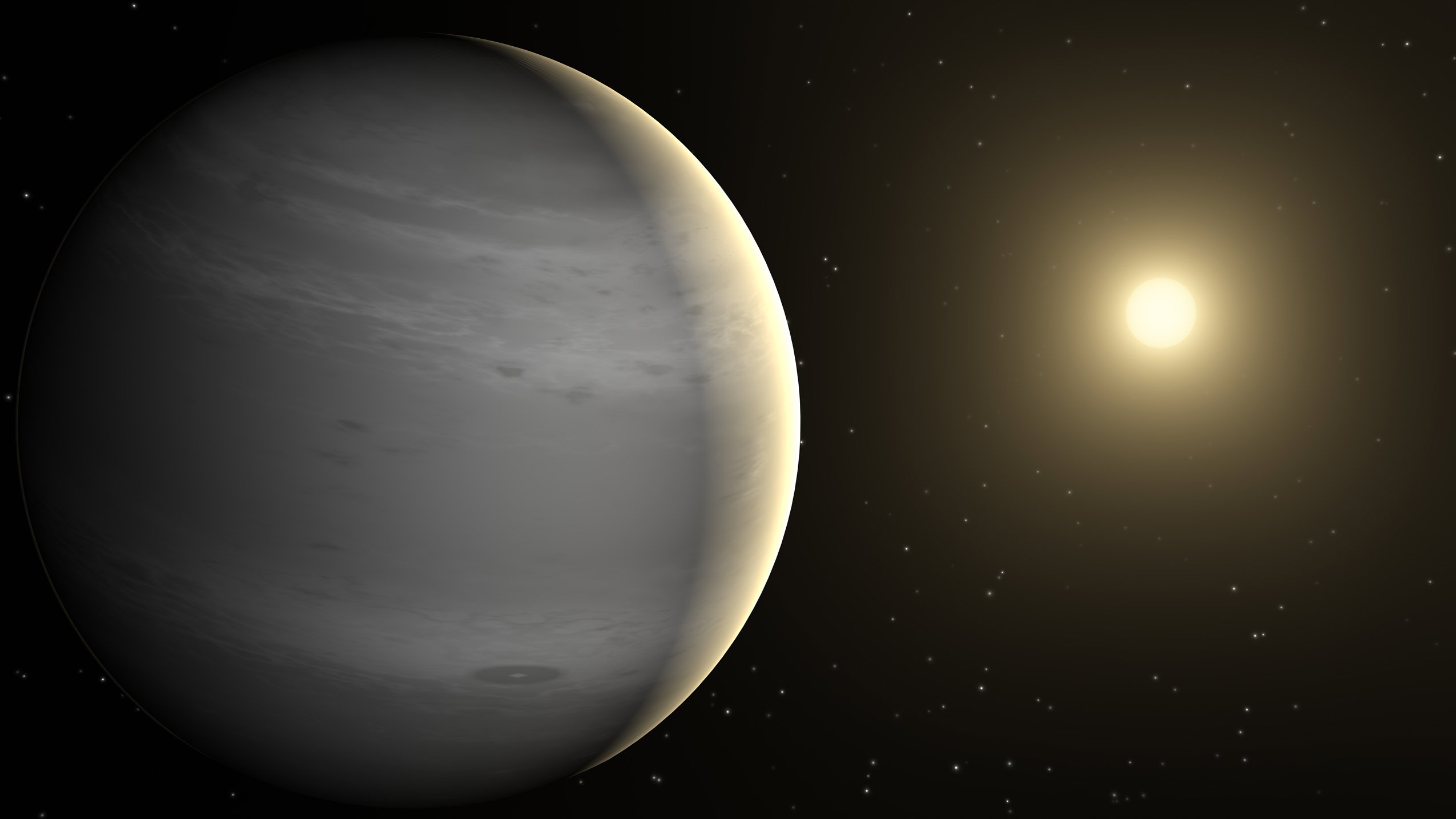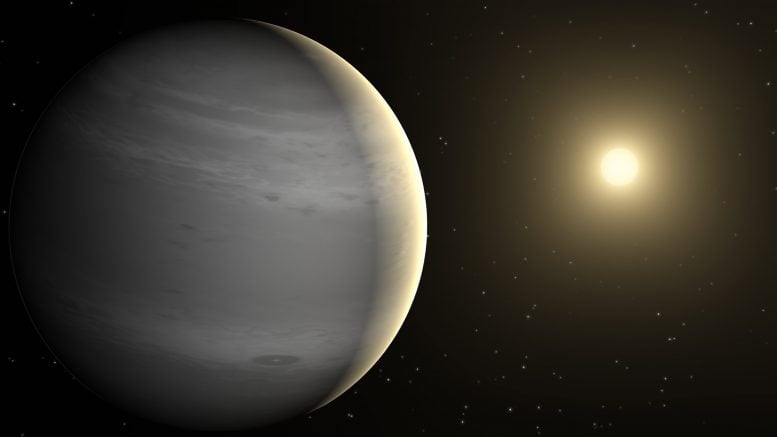

Through the collaboration of amateur astronomers and NASA researchers, vital details about the exoplanet WASP-77 A b have been uncovered, revealing its size and close orbit to its star.
This research, facilitated by the efforts of volunteers and citizen scientists, enhances our ability to predict exoplanet transits, crucial for further space exploration and atmospheric studies.
As a planet passes in front of its star, it momentarily dims the starlight that reaches us. These phenomena, known as transits, are a goldmine of information about exoplanets—planets orbiting stars beyond our Sun. However, forecasting these special occurrences can be challenging…without the aid of volunteer astronomers.
Luckily, a collaboration of multiple teams of amateur planet-chasers, led by researcher Federico R. Noguer from Arizona State University and researchers from NASA’s Jet Propulsion Laboratory (JPL) and Goddard Space Flight Center (GSFC), has taken up the challenge. This collaboration has published the most precise physical and orbital parameters to date for an important exoplanet called WASP-77 A b. These precise parameters help us predict future transit events and are crucial for planning spacecraft observations and accurate atmospheric modeling.
The Power of Citizen Science
“As a retired dentist and now citizen scientist for Exoplanet Watch, research opportunities like this give me a way to learn and contribute to this amazingly exciting field of astrophysics,” said Anthony Norris, a citizen scientist working on the NASA-funded Exoplanet Watch project.
The study combined amateur astronomy/citizen science data from the Exoplanet Watch and ExoClock projects, as well as the Exoplanet Transit Database. It also incorporated data from NASA’s Spitzer Space Telescope, the Hubble Space Telescope (HST), the James Webb Space Telescope (JWST), and La Silla Observatory. Exoplanet Watch invites volunteers to participate in groundbreaking exoplanet research, using their own telescopes to observe exoplanets or by analyzing data others have gathered. You may have read another recent article about how the Exoplanet Watch team helped validate a new exoplanet candidate.
Stellar Comparisons and Opportunities
WASP-77 A b is a gas giant exoplanet that orbits a Sun-like star. It’s only about 20% larger than Jupiter. But that’s where the similarities to our solar system end. This blazing hot gas ball orbits right next to its star–more than 200 times closer to its star than our Jupiter!
Want a piece of the action? Join the Exoplanet Watch project and help contribute to cutting-edge exoplanet science! Anyone can participate–participation does not require citizenship in any particular country.